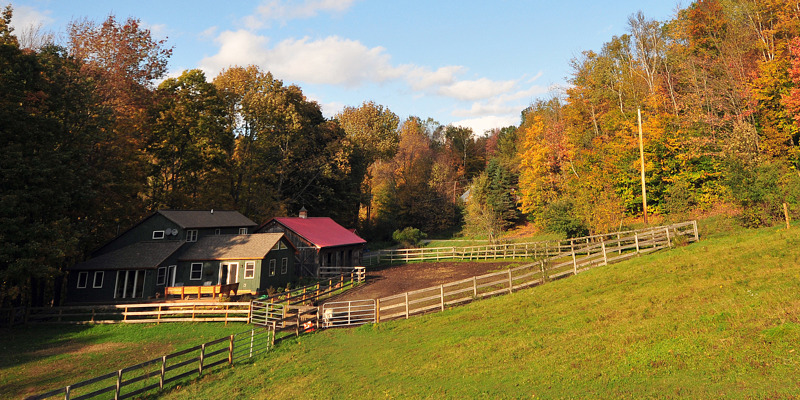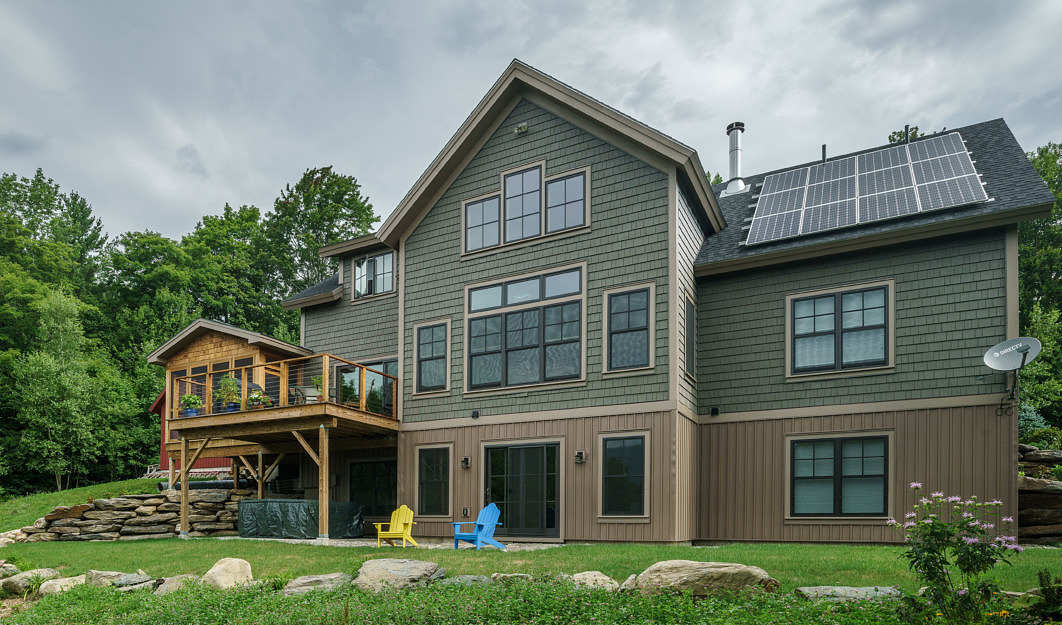For most homeowners, the process of building a house from scratch can feel complicated, even overwhelming.
At Labrador, we try to make the process as simple and stress free as possible. The best way to start is to learn about the process.
We’ve broken it down into 7 simple steps.
Get your finances in order and set a budget
Every project starts and finishes with a budget. So it’s important to go into the process knowing your numbers and to be realistic about what the project is going to cost. Before you hire a builder or architect, you should sit down with the bank and discuss what the loan will cost and how much you can plan to borrow. Most banks will require a minimum of 20% down payment plus an additional 10% cost overrun buffer. Once you have a budget, you’re prepared to talk numbers with a builder.
Select and buy land
Now that you have an idea of what you can afford, it’s time to go shopping for land. When you’re out looking at land, it can be tough to have the vision it takes to see what it will look like as a finished product. Focus on the six key elements that make a good building site:
- Location
- Sun exposure
- Soil quality
- Slope
- Proximity to utilities
- Access
Location and exposure are pretty straightforward. Soil quality can be a bit harder to determine. Take a look at the septic plan for the site and look at the test pit data. Good draining native soil will save you money during construction. Steep slope sites can offer beautiful views, but will likely cost more to build on. With land, you often get what you pay for. A little bit extra for the land up front can save a lot during construction.
Hire a builder or architect
If you haven’t already hired a builder, now is the time. You have two options.
Architect Design
You can hire an architect and then hire your builder based on their recommendations. Architectural fees will adds cost to the project, however, they provide vision and the security of additional supervision.
Design Builder
If you have your own plans in mind or you have found a builder with a good design background, then going with a design builder will save money and streamline the process.
In either scenario, it’s all about trust.
Develop house plans
A team approach to design is the best way to develop your house plans. Bring a program to your first design meeting with your architect and/or builder. A program is a list of wants and needs in a house as well as a list of fixtures, finishes, or other products that you like. The program helps paint the picture of your dream house.
Set a final budget
Now that you have plans, you can set a final budget. This is the time to make any adjustments to the scope in order to match up with your initial budget. This is also the time to choose your contract arrangement with your builder. There are two basic contract models:
Time and Materials
In this scenario, the builder generates a detailed estimate and tracks the costs against the estimate as you build. This arrangement puts more risk on the owner, but you gain flexibility to design as you go and construction can typically start sooner.
Fixed Price Agreement
With a fixed contract, the builder will need to have a full set of plans and specs in place before construction starts. The builder has more risk in this type of contract, and changes to the plans need to be well documented.
Obtain permits
It’s time to check in with your local building and zoning department and apply for the permits. Most builders can take care of this step for you. There will be a fee associated with getting your permits, though typically it’s not very much. Most towns will have a 15-day appeal period after your building permit has been posted. Take this time to have a friendly chat with your future neighbors.
Construct your home

It’s time to start building! Once you have permits, your builder will schedule the site work. Before work begins, walk the land with him or her and put the final stakes in the ground representing your future home. During construction, be prepared to make a lot of decisions. It’s your builder’s job to walk you through the whole process, keep you informed, and minimize any delays.
Want more information about how to design and build your new home?
Contact UsWe’ll be glad to talk about it.

